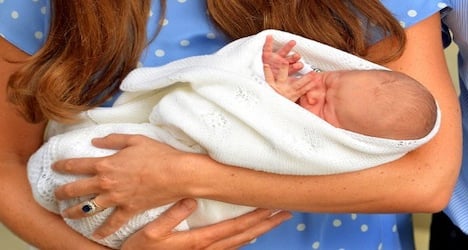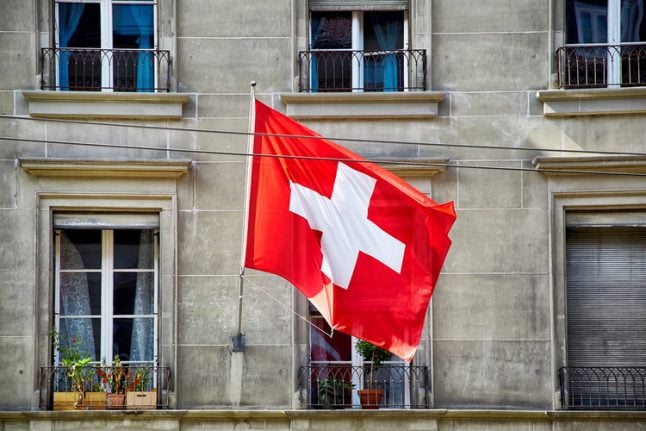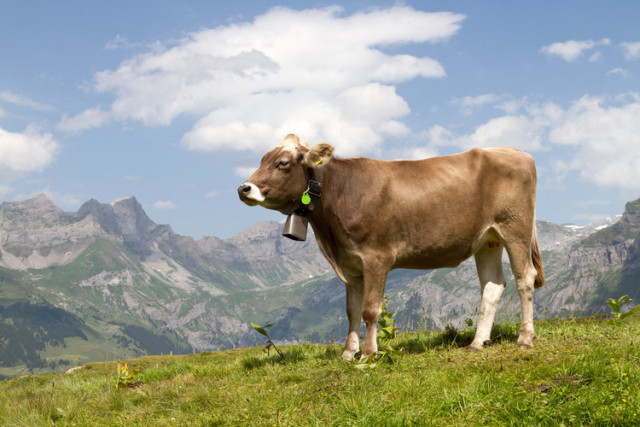In the Italian area the top choices were Gabriel and Sofia, the Federal Statistical Office reported on Tuesday.
Mia had been the top choice for girls in German-speaking Switzerland in 2011 too and Emma has been top of the girls’ hitparade in the French language area since 2004.
Noah moved back into the top spot for German-speaking parents in 2012, up one place on 2011 and ahead of Luca and David.
In the French-language area Gabriel was again the clear leader among boys’ names, followed by Luca and Thomas.
The Statistical Office said that because of the low number of births in the Romansh-speaking area the distribution of names could vary widely from year to year.
In 2012 Leandro and Luca were the top choices for boys, but among girls nine names shared the top place: Annalena, Beatriz, Elina, Ladina, Lara, Laura, Lia, Lina and Milena.
In 2012 there were 82,164 live births, the federal office said. Of these 39,729 were girls and 42,435 boys.
The name rankings have been published since 1987.





 Please whitelist us to continue reading.
Please whitelist us to continue reading.
Member comments